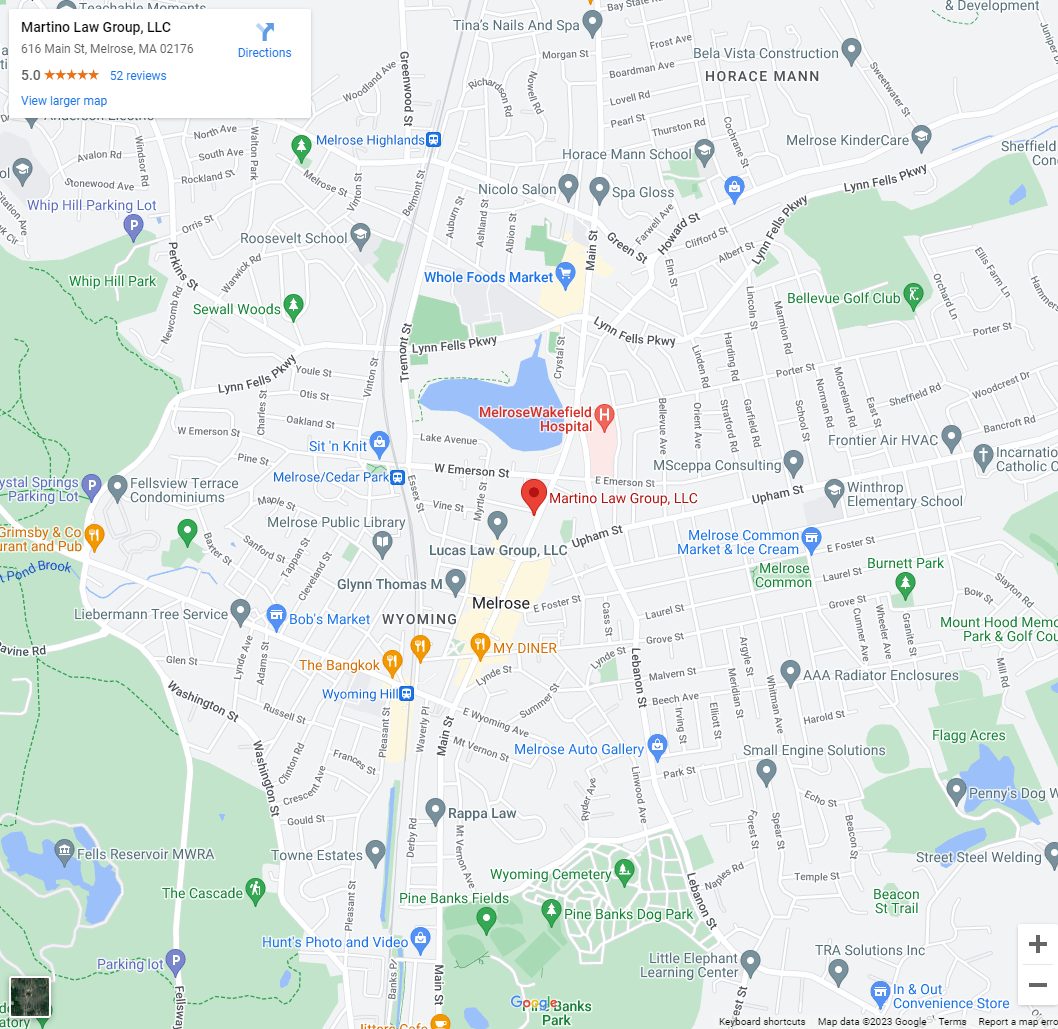Having a family is often a motivating factor for creating an estate plan. For a couple with children, there can be many ways to approach it depending on the family’s assets, age of the children, etc. There’s not one approach that works for everyone. However, it can be helpful to see an example of what an estate plan for a family with children might look like. Here’s one such example.
About the Family
Let’s start with a brief intro to the family, who we will call the Smiths. The Smith household consists of the husband, wife, and two daughters (ages 7 and 11). They both work. Their debts include their home mortgage and a car payment. Each spouse has a life insurance policy. Their goal is to protect their assets for the benefit of their children.
Estate Plan Documents
For documents, the Smith’s have chosen the following:
- Last Will and Testament
- Health Care Directive and Living Will
- Durable Power of Attorney for Financial Affairs
- Revocable Living Trust
The first 3 documents are issued in duplicate, with one version being for the husband and the other for the wife. The Revocable Living Trust is a single document issued in both of their names. Let’s take a closer look at how the Smiths are using these documents.
Primary and Backup Powers
Each spouse listed the other as the primary executor/agent in their will, health care directive, and power of attorney. Each then listed two backups, with varying names. The husband selected his siblings and the wife selected her siblings for backup. However, they assigned someone different for each role. The agent in the healthcare directive is different than the executor of the will and the financial power of attorney. This was done intentionally to eliminate any conflict of interest and to avoid putting too much burden on any one person. Regarding guardianship of their two children, both spouses listed the same names since they viewed the care of their children as a family decision.
Terms of the Revocable Trust
A Revocable Living Trust was established to bypass the probate process and help manage assets until the children reach a certain age. The couple deeded the home into the trust. They also named the trust as the backup beneficiary of their life insurance policies. The trustee is granted the power to disburse funds for living, medical and educational costs for the children. The trustee will continue to oversee the trust until one of the children reaches the age of 35, at which point they both receive any remaining assets in a lump sum.
Summary of Estate Plan for a Family with Children
With this estate plan, each spouse essentially gives the other spouse full power should one of them become deceased. If they both pass away at the same time, they have named necessary backups. Indicating the same guardians in their wills eliminates confusion and disagreement. Creating a trust also avoids a lengthy probate process and ensures assets are immediately available for the care of their young children.
The couple chose the age of 35 for full disbursement of assets to their children. They want their girls to gain life experience and maturity before receiving such a large influx of cash. Additionally, they value higher education and believe their children should enter the workforce. Receiving life insurance proceeds at age 18 or even 21 might alter that course, which is why they included a trust in their estate plan.
The Smith has a somewhat common estate plan for families with children, but this may not necessarily be the best plan for your family. If you have investment properties, stocks, bonds, a family business, or other unique assets, a different strategy may be needed. Your goal may include minimizing estate taxes, providing for special needs, etc. It is important to speak with an estate planning attorney about your specific circumstances. Only then can your estate plan achieve your intended goals. Contact our team to schedule a consultation and to learn more.





